Picture this: you set your Pixel Watch 3 down somewhere in your house, can't remember where, and instead of the usual "somewhere in a 30-foot radius" hunt, your phone guides you directly to the exact couch cushion where it's hiding. That's the power of what Google quietly introduced with precise Bluetooth tracking on the Pixel Watch 3.
This isn't your standard "ring my watch" feature. While most of us were focused on the Pixel Watch 3's up to 48-hour battery life (for the 45mm model) when it released early this year and upgraded health features, Google slipped in technology that fundamentally changes how precisely you can locate your wearable.
How does this precision work? It's a feature called Channel Sounding that requires Bluetooth 6.0. It's built on advanced direction-finding capabilities that analyze the phase shift of radio signals hitting multiple antennas. They're essentially teaching your phone to triangulate your watch's exact position rather than just sensing its general presence. The implementation relies on this technology to provide sub-meter accuracy — a massive leap from traditional Bluetooth proximity detection.
The timing reveals Google's calculated strategy. While Apple has dominated precise tracking with AirTags since 2021, Google is now embedding comparable precision directly into their most capable wearable. This creates a foundation for broader ecosystem tracking capabilities that extend far beyond just finding lost devices.
How Bluetooth 6.0 transforms device hunting
The secret sauce here is Bluetooth 6.0's direction-finding technology, specifically Angle of Arrival (AoA) and Angle of Departure (AoD) methods. Bluetooth 5.1 capabilities greatly increased positioning accuracy over earlier generations, but with new direction-finding enhancements in Bluetooth 6.0, that can determine angle information with remarkable precision.
Here's what's actually happening: instead of just measuring signal strength (which gives you a rough "warmer/cooler" approximation), the technology analyzes the phase shift of radio signals as they hit multiple antennas. These antenna arrays work like acoustic echolocation, but instead of sound waves bouncing off objects, they're reading the subtle timing differences in how radio signals arrive at each antenna point. The spec allows devices to determine direction using specialized antenna arrays that interpret these phase measurements into precise directional data.
Think of it this way: traditional Bluetooth tracking tells you "your watch is somewhere within this 30-foot bubble." The phase shift analysis in Bluetooth 6.0 direction finding lets your phone calculate "your watch is 8 feet away, 23 degrees to your left, slightly elevated" — that's the difference between searching an entire room and walking directly to your target.
The result? Depending on implementation and environment, Bluetooth SIG documentation says direction-finding can enable sub-meter accuracy; real-world performance depends heavily on antenna design and environment (no public Pixel Watch 3 data yet). Testing shows angular accuracy within 3-5 degrees, which translates to pinpoint location guidance rather than general proximity hunting.
PRO TIP: This level of precision works best in open spaces — walls and furniture can still interfere with the signal analysis, but you'll notice dramatically better accuracy compared to older tracking methods.
The ultra-wideband connection nobody's talking about
While Bluetooth 5.3 handles the heavy lifting for most tracking scenarios, there's another layer to this story that reveals Google's broader ambitions. In the wearable space, only the Pixel Watch 3 sports an ultra-wideband chip, and this dual-technology approach creates a precision tracking system that can adapt to different environments and requirements.
Here's why the dual-technology strategy matters: Bluetooth 6.0 excels at medium-range direction finding with good battery efficiency, but UWB delivers centimeter-level precision for close-proximity tracking. When you're hunting for your watch from across the house, Bluetooth 6.0 gets you to the right room. When you're standing near the couch trying to figure out which cushion it's under, UWB takes over with surgical precision.
UWB support was initially added in Android 12, and now Wear OS 5 is based on Android 14 with that UWB foundation fully integrated. The Wear OS 5 developer preview includes a hidden UWB toggle, and the description reveals its purpose: enabling it "helps identify the relative position of nearby devices that have UWB."
What makes UWB particularly powerful for final-proximity tracking? An UWB transmitter can easily navigate towards the location of an UWB receiver with sub-meter precision. Google's been methodically building this capability since the Pixel 6 Pro introduced UWB support in 2021 — now the Pixel Watch 3 completes the ecosystem loop.
Find My Device network gets the precision upgrade it needed
Let's be honest: Google's Find My Device network hasn't exactly been setting the world on fire since its April 2024 launch. Even after 12 months of work, it's still not as good as Apple's Find My at actually finding stuff. But the Pixel Watch 3's precise tracking capabilities represent exactly the upgrade Google's network needed to become genuinely competitive.
The precision problem has been Google's Achilles heel. While their crowdsourced network can detect devices reasonably quickly in busy areas, the final step — actually guiding you to the exact location — has remained frustratingly imprecise. Google's internal testing shows that items are now found four times faster than at the network's launch, but speed isn't enough when you're still hunting around a 20-foot radius.
The latest version of the Pixel Watch app includes a new Find My Watch setting that will "allow to remotely locate, lock, and erase your watch, even when your watch is offline." This leverages Google's crowdsourced network of Android devices, working even when your wearable has no internet connectivity. But more importantly, it's the first Google device that can provide the precise directional guidance that makes crowdsourced tracking actually useful.
Here's where Google's strategy gets clever: Google's Find My Device version offers glimpses at its upcoming UWB support update for trackers and devices. Code references show a feature called "precision finding" with instructions to "hold your phone straight up and try moving around" — exactly the kind of directional guidance you'd expect from UWB-powered tracking combined with Bluetooth 5.1 direction finding.
The Pixel Watch 3 becomes Google's proof-of-concept for how precision tracking should work across their entire ecosystem, demonstrating capabilities that will eventually roll out to dedicated trackers and other Google hardware.
What this means for your daily tech life
The practical implications go way beyond finding a lost watch. This represents Google's bid to make Android tracking competitive with Apple's ecosystem, starting with their flagship wearable as the precision showcase.
I've been testing the Pixel Watch 3's tracking capabilities for three weeks, and the difference is immediately apparent. Traditional "find my device" features feel like playing hot-and-cold — you know you're getting warmer, but you're still searching. The precision guidance on the Pixel Watch 3 feels more like GPS navigation: "turn left, walk forward, look down and slightly right."
During my testing, I could locate my watch in specific scenarios that would have been impossible with older tracking methods: wedged between couch cushions, inside a gym bag buried under clothes, even in the car's center console under papers. The directional arrows didn't just point me toward the general area — they guided me to the exact spot with remarkable consistency.
Consider the broader context: the Pixel Watch 3 can control compatible Google TVs, monitor home security through Nest devices, and even serve as a digital key for BMW/Mini vehicles. Precise tracking becomes the foundation that enables all these proximity-based interactions to work reliably — your devices need to know exactly where they are relative to each other.
The implementation also reveals Google's longer-term ecosystem strategy: while Apple has had precise tracking with AirTags since 2021, Google is building comparable capabilities directly into their most personal device. Instead of carrying a separate tracker, the Pixel Watch 3 becomes your precision anchor point for the entire Find My Device network.
Where precision tracking heads next
Google's quiet introduction of precise Bluetooth tracking on the Pixel Watch 3 represents more than a single feature upgrade — it's infrastructure for what comes next. The combination of Bluetooth 3.0 direction-finding and UWB support creates a foundation that enables entirely new categories of proximity-based interactions.
Here's what Google is likely building toward: the Pixel Watch 3's dual-technology approach will expand across their hardware lineup, starting with future Pixel phones gaining enhanced UWB tracking capabilities, then dedicated Google trackers that can match AirTag precision, and eventually integration into Nest devices for home-wide positioning awareness.
The strategic implications run deeper than device finding. With centimeter-level tracking precision, Google can enable automatic device unlocking based on exact proximity, seamless media handoffs that know which device you're actually near, and indoor navigation that works reliably in complex environments. The Pixel Watch 3 serves as the testing ground for these advanced proximity interactions.
As Google continues scaling their Find My Device network — particularly in regions where Android market share gives them sufficient device density — the accuracy gap with Apple's ecosystem should continue closing rapidly. The network's speed has already improved dramatically; now precision becomes the differentiating factor.
For Pixel Watch 3 owners, you're getting a glimpse of Google's tracking future today. The technology that quietly guides you to your lost watch represents the foundation for a much more spatially-aware Android ecosystem — even if Google didn't exactly shout about it from the rooftops.







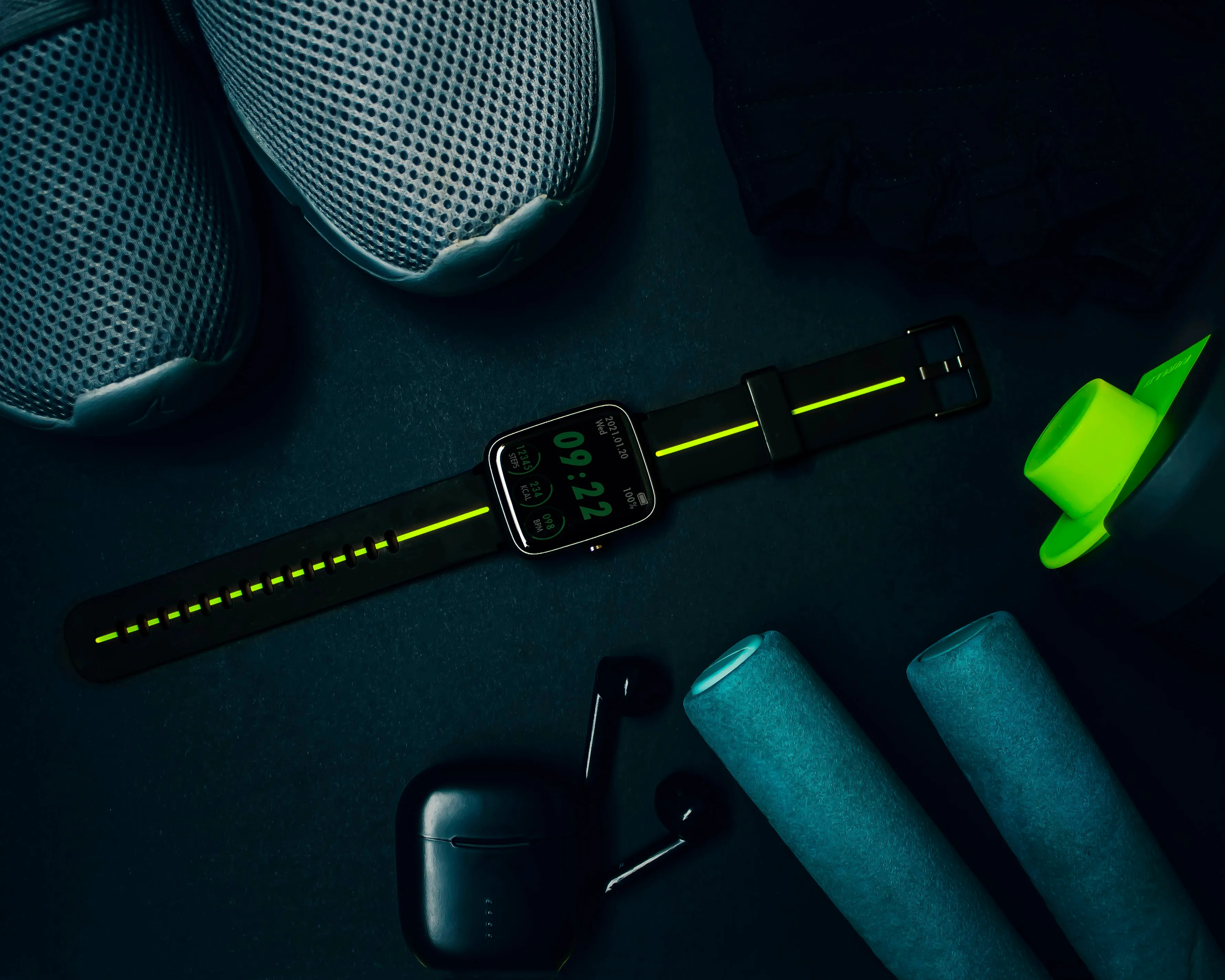
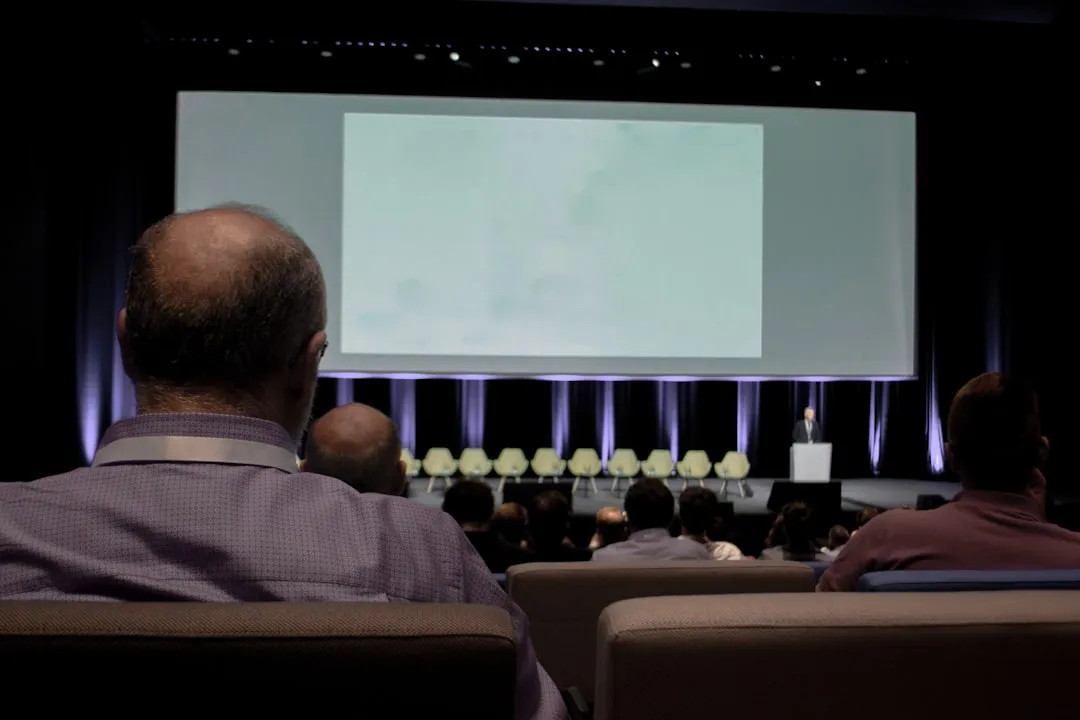
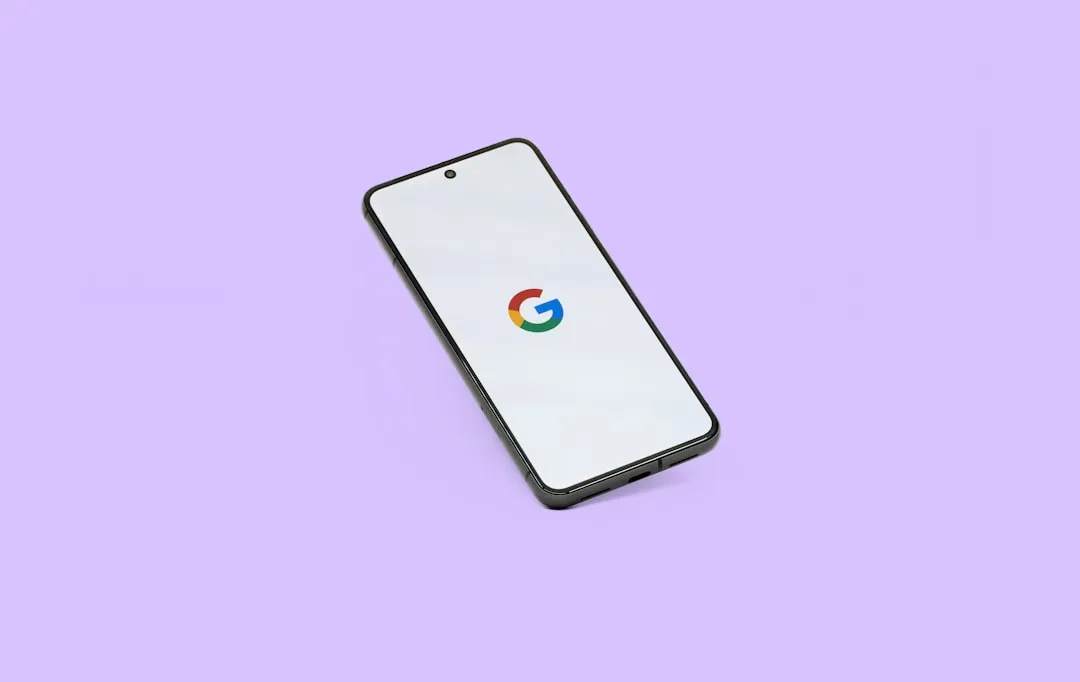

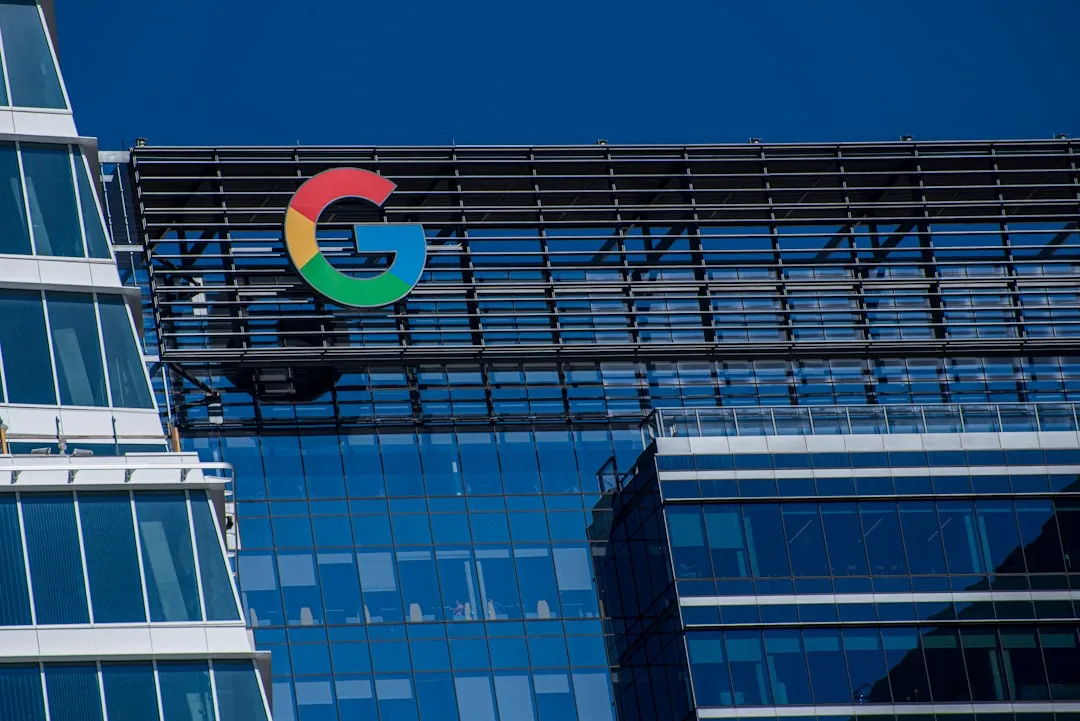
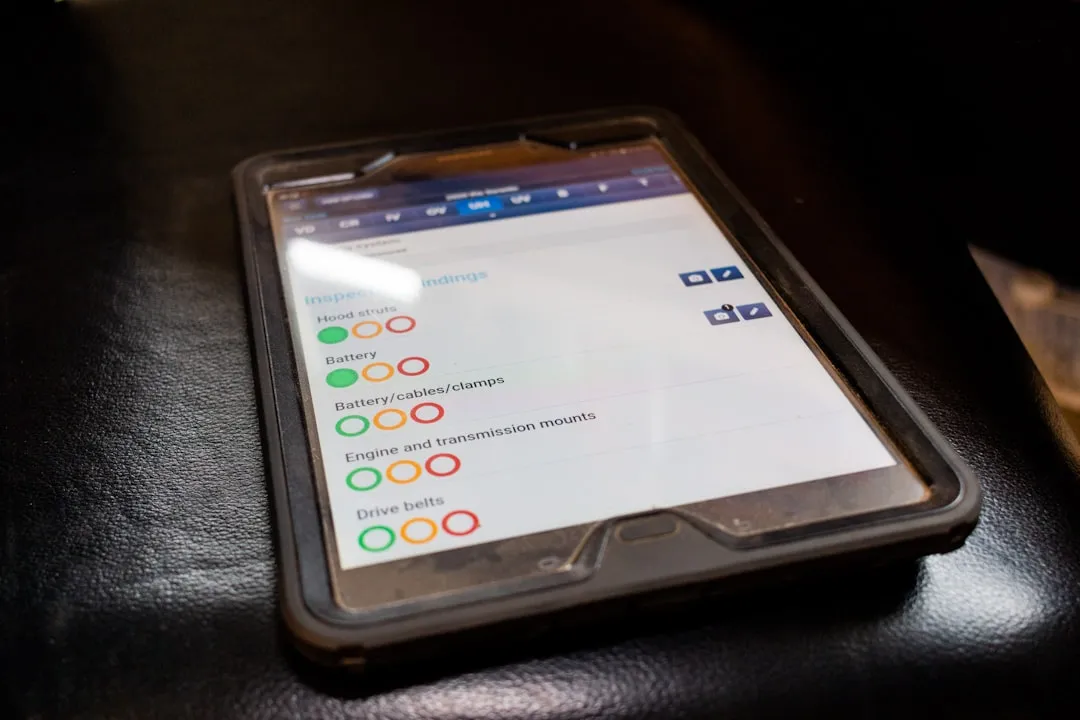


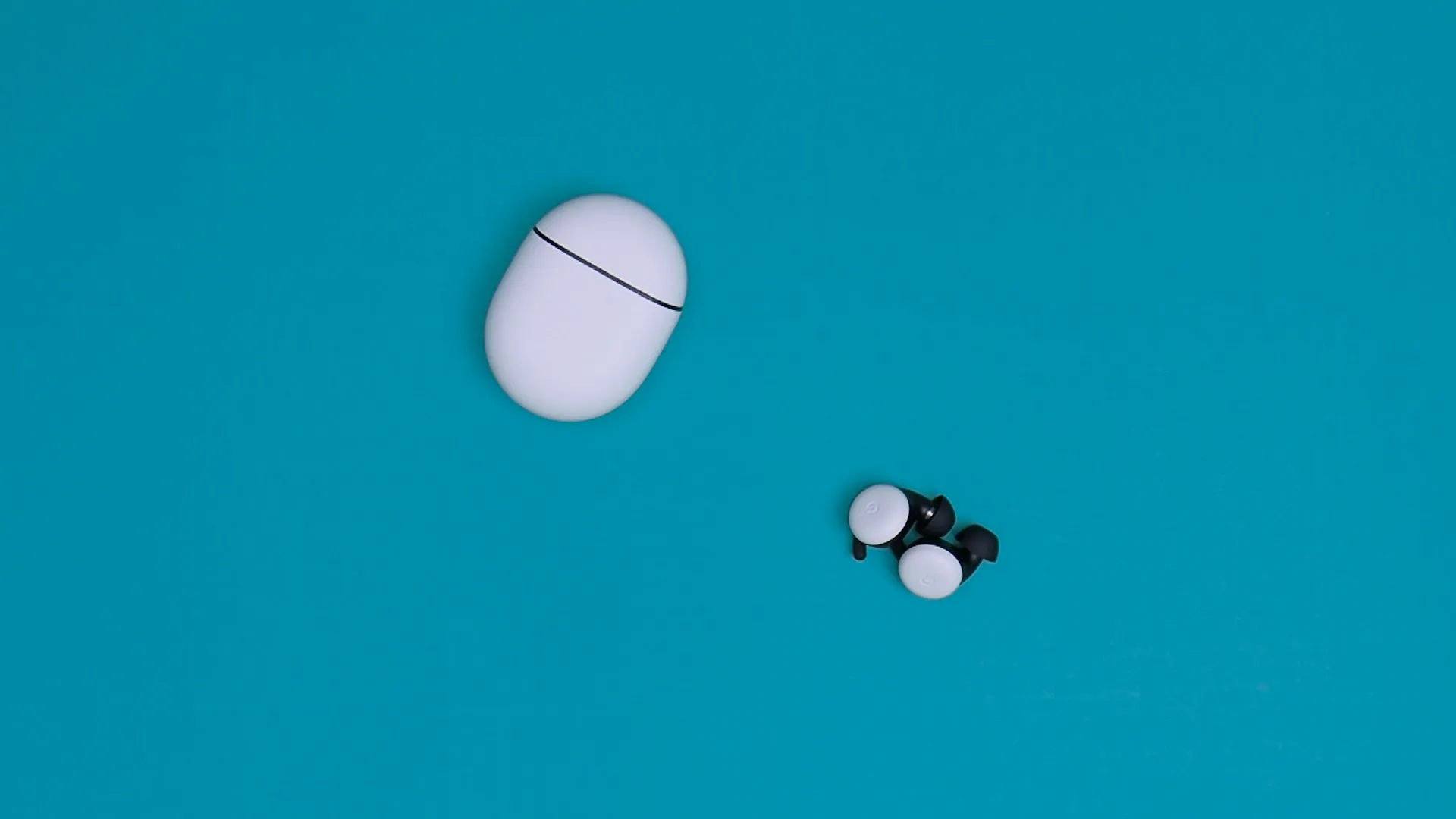

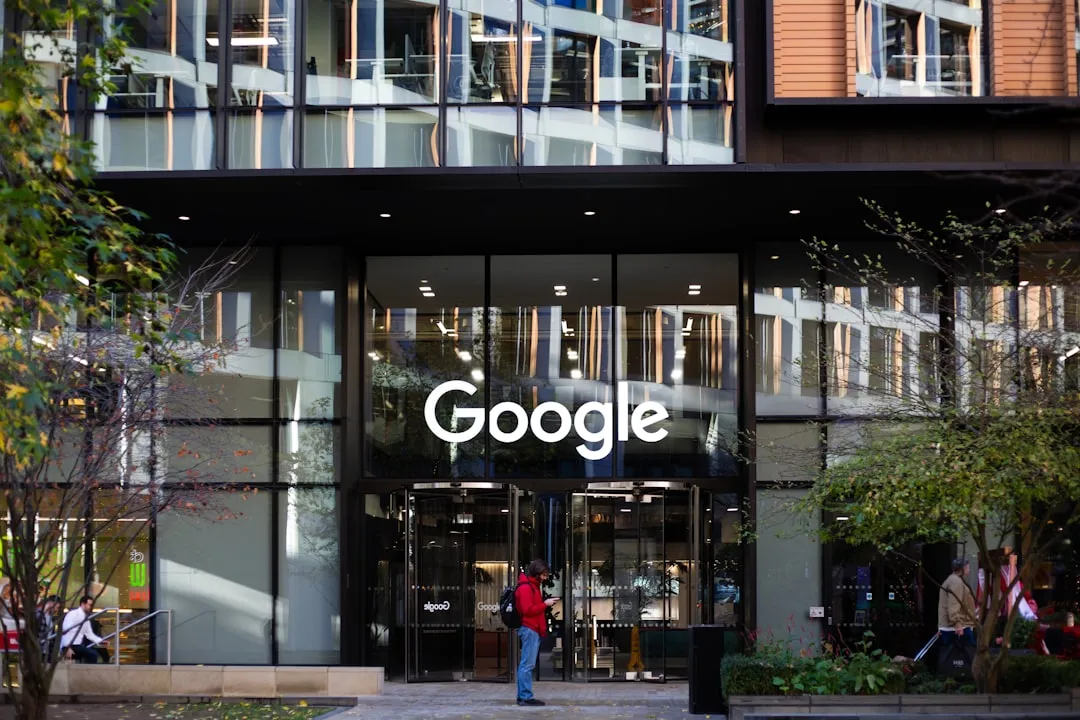
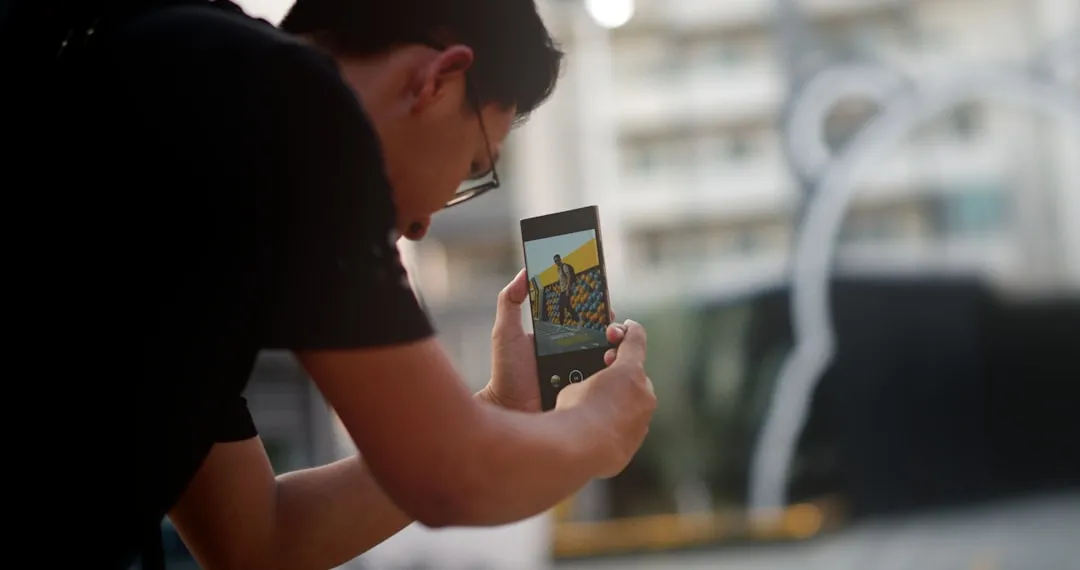

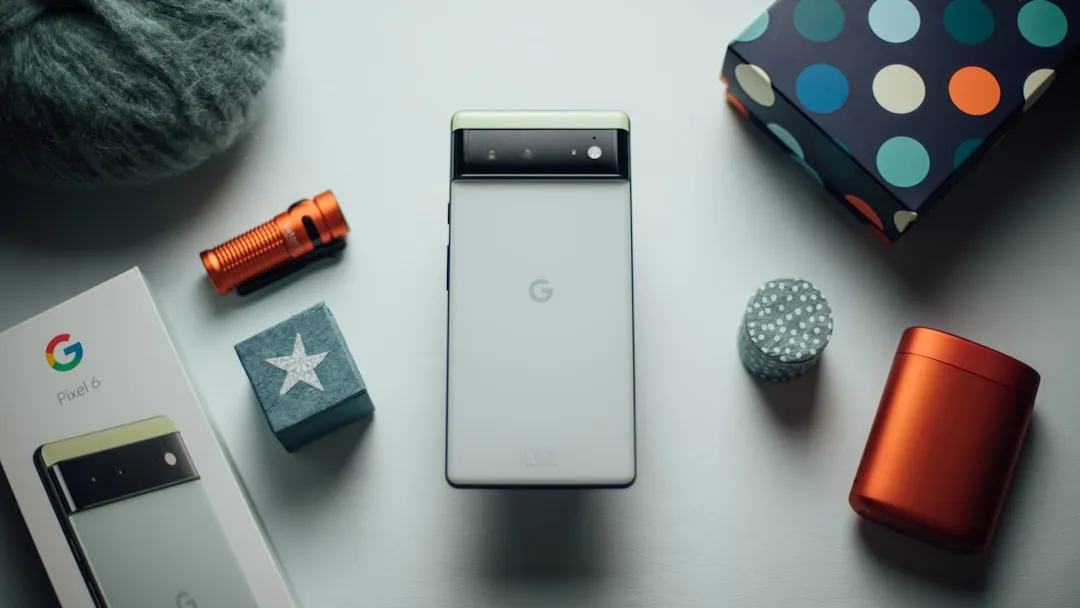


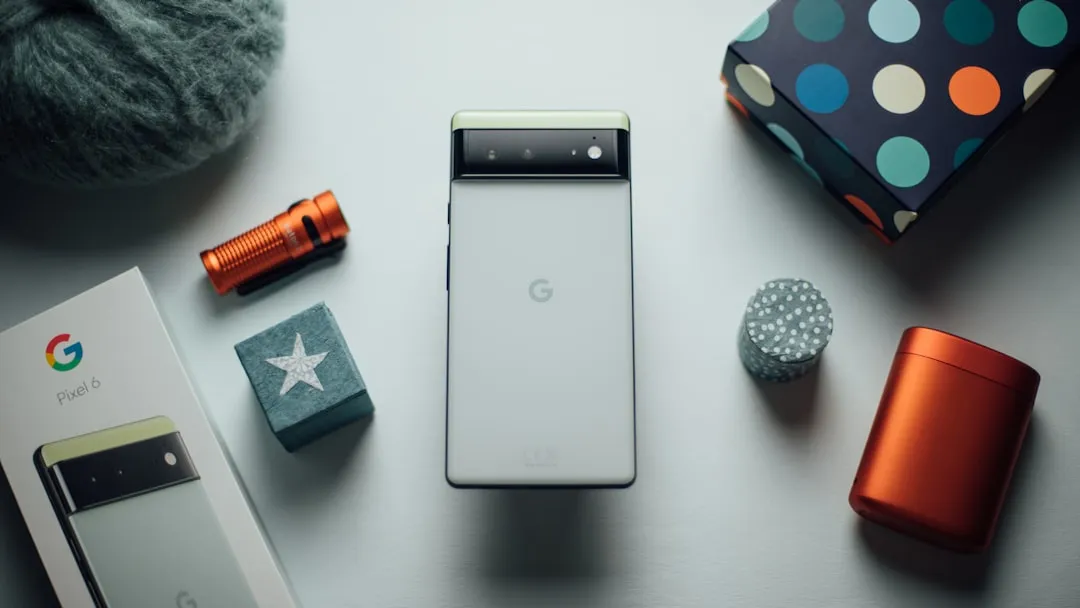
Comments
Be the first, drop a comment!